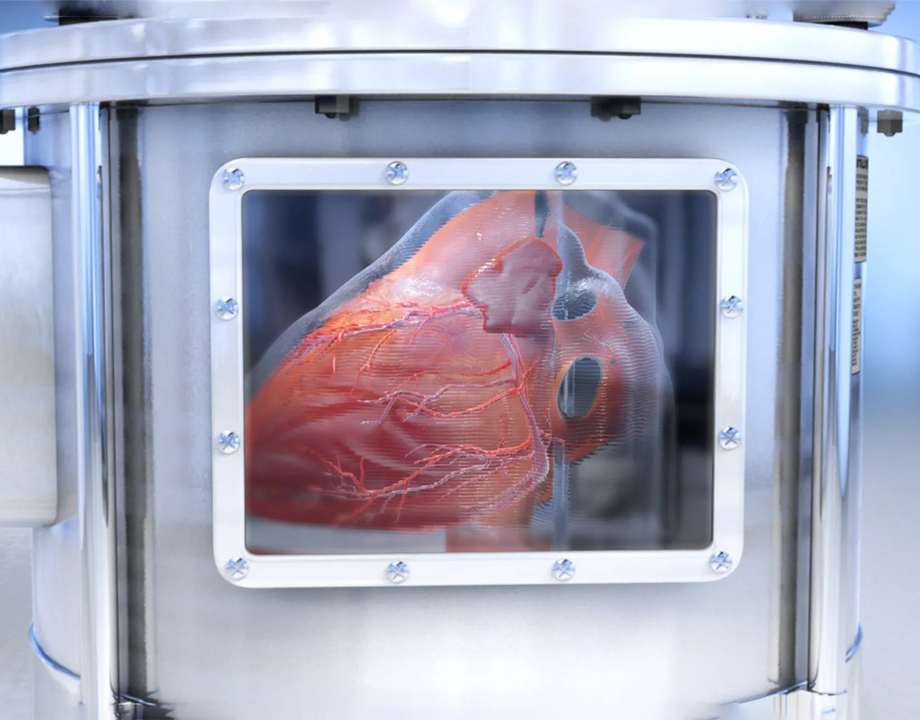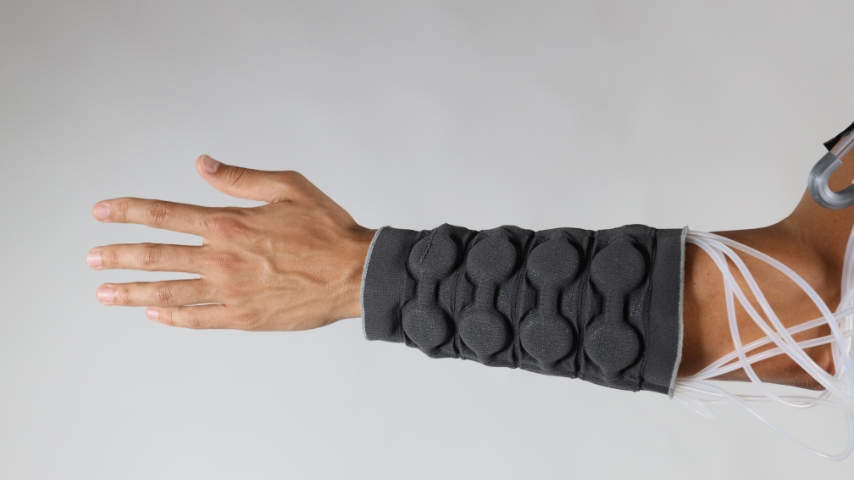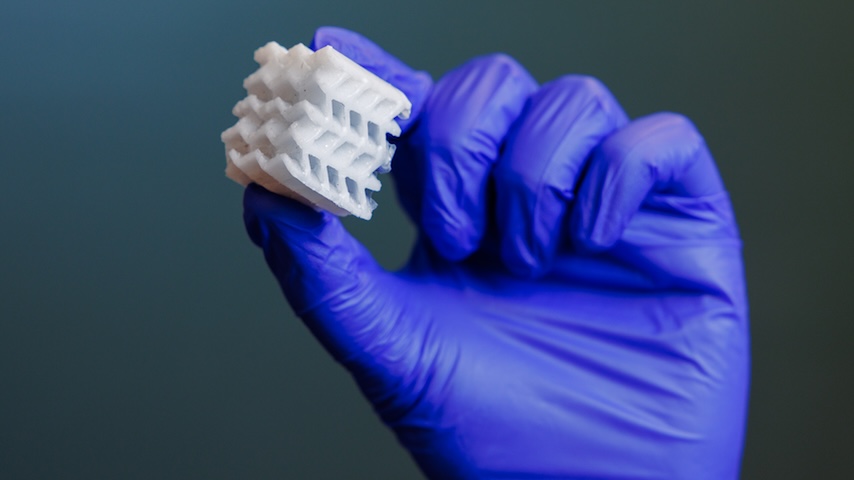7 Ways 3D Bioprinting Will Advance Personalized Medicine
7 Ways 3D Bioprinting Will Advance Personalized Medicine


Bioengineers and researchers are using 3D printing to grow cells and tissue to study tissue function, development, and more.
Here are seven ways 3D bioprinting is being used in medical research today:
1. Organs and Implants
Biomedical engineers are working to make fully functional, 3D-bioprinted tissues and organs for implantation in the human body. A limiting constraint has been the inability to create sufficient vascularization for successful gas exchange and blood oxygenation. Now, however, 3D Systems has developed its print-to-perfusion system that enables higher levels of vascularization. Also, researchers at the Wyss Institute at Harvard have successfully 3D-printed vascularized human tissues on a chip, allowing detailed study of tissue function and development.2. Hair replacement
Hair loss can be caused by various factors such as trauma, stress, and disease. Using a 3D bioprinter, scientists directly printed bioinks containing epidermal stem cells and other biomaterials into the wounds of mice to promote hair growth. Results showed successful regeneration of hair follicles and other skin appendages four weeks later, with only a slight decrease in stem cell viability.
3. Bone grafts
3D bioprinting is being used in creative ways to advance bone grafting. For example, researchers with Swansea University have created artificial, durable, bone materials for bone replacement. In another advancement, scientists at the University of Nottingham of England have bioprinted a bone-like material which is then coated with human stem cells. Over time, the transplanted material is completely replaced by new bone ingrowth.4. Eye tissue
Scientists at the National Eye Institute have used 3D bioprinting and patient stem cells to produce functional eye tissue that will advance the study of diseases that cause blindness. The researchers printed a combination of the cells that form the outer blood-retina barrier, which supports the retina's light-sensing photoreceptors. The printed tissue reached full maturity after about 40 days and behaved very similarly to the native outer blood-retina barrier. This process easily provides testing materials for studying degenerative retinal diseases and to also advance personalized treatments for patients.5. Regenerative skin
Current treatment options cannot fully address the needs of extensive burn care. Traditional skin grafts are painful and there is often not enough unburned skin to harvest for grafts. To improve this situation, researchers at the Wake Forest School of Medicine have designed, built, and tested a printer for printing skin cells onto burn wounds. A scanner is used to determine wound size and depth; the data then guides the printer as it applies different layers of the correct type of cells to cover the wound.
6. Cancerous tumors
Researchers at Penn State University have successfully 3D-bioprinted breast cancer tumors for study to better understand the complexities of the disease and for developing new treatments. The research team relied on an AM method called aspiration-assisted bioprinting to create the cancer tissue, which was then shaped into a vascularized, 3D breast tumor model, complete with blood vessels. The cancer cells responded to known chemotherapy and immunotherapeutics, thereby establishing their viability for testing anti-new cancer therapies. This breakthrough serves as a starting point for future study regarding how these tumors grow, interact with human cells, and spread throughout the body.
7. Sugar stents
Connecting blood vessels is a common but tedious part of many reconstructive and transplant surgical procedures. However, these methods all have downsides, including rejection by the body, negative reaction to glues, and time-intensive suturing. Now, researchers at Brigham and Women’s Hospital have created 3D-printed sugar‐based stents that hold the blood vessels together during the procedure. The stents then dissolve when blood flow resumes. In the near future, stents could be printed out to match a patient’s exact vein geometry.
3D bioprinting has huge potential for revolutionizing regenerative medicine and drug discovery, allowing researchers to test potential treatments faster and to reach clinical trials more quickly. The pinnacle for bioprinting will be using a patient’s own cells to 3D-print parts of their bodies for implantation—even full-replacement organs—taking personalized medicine to the highest level.
Mark Crawford is a science and technology writer in Corrales, N.M.





